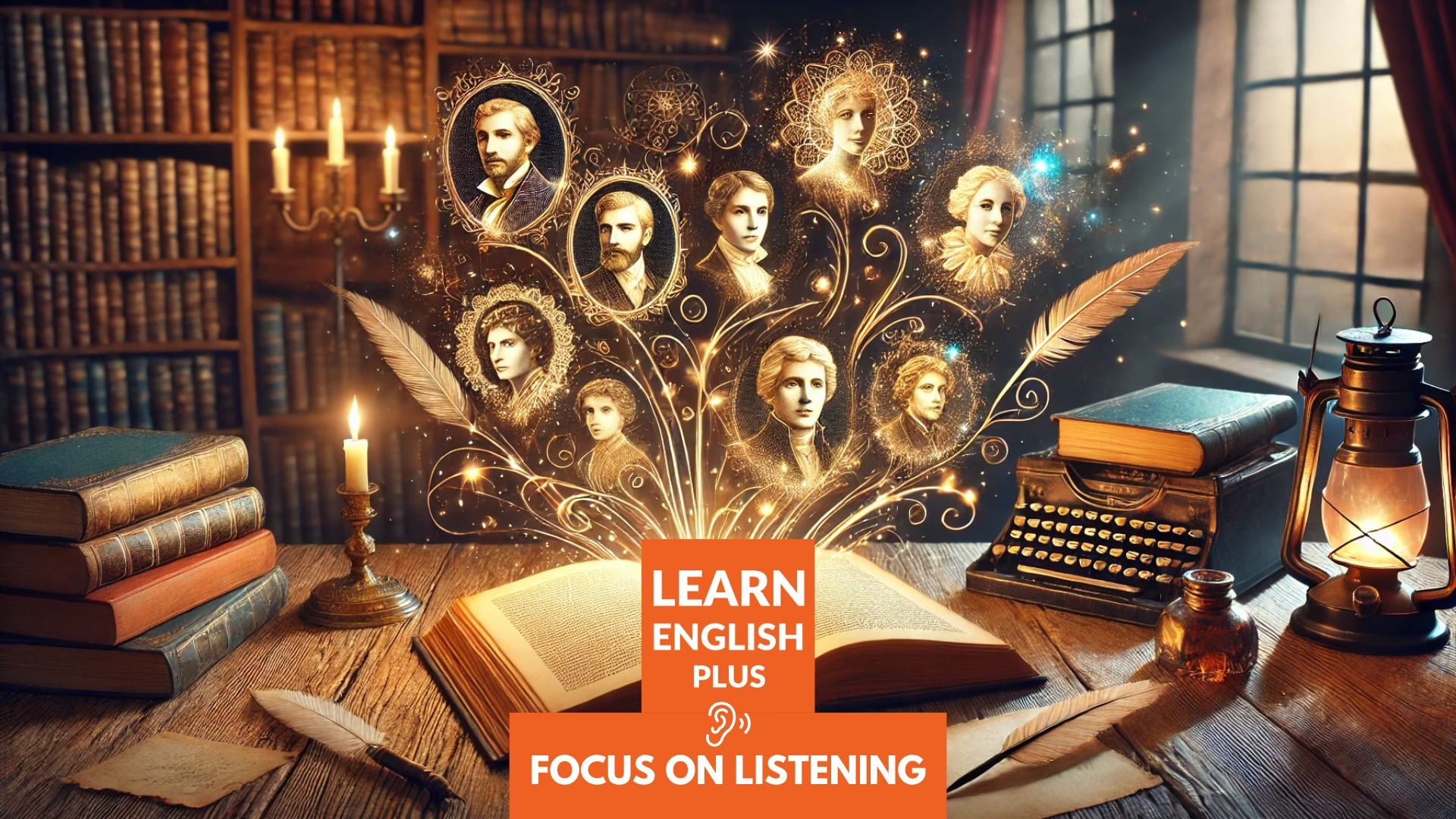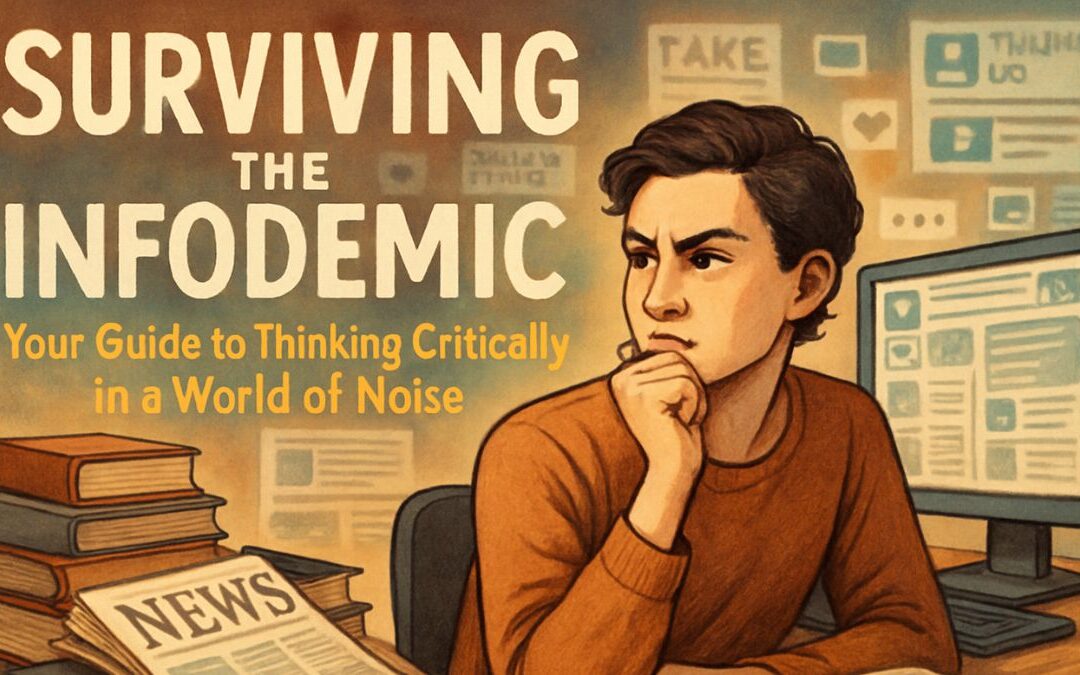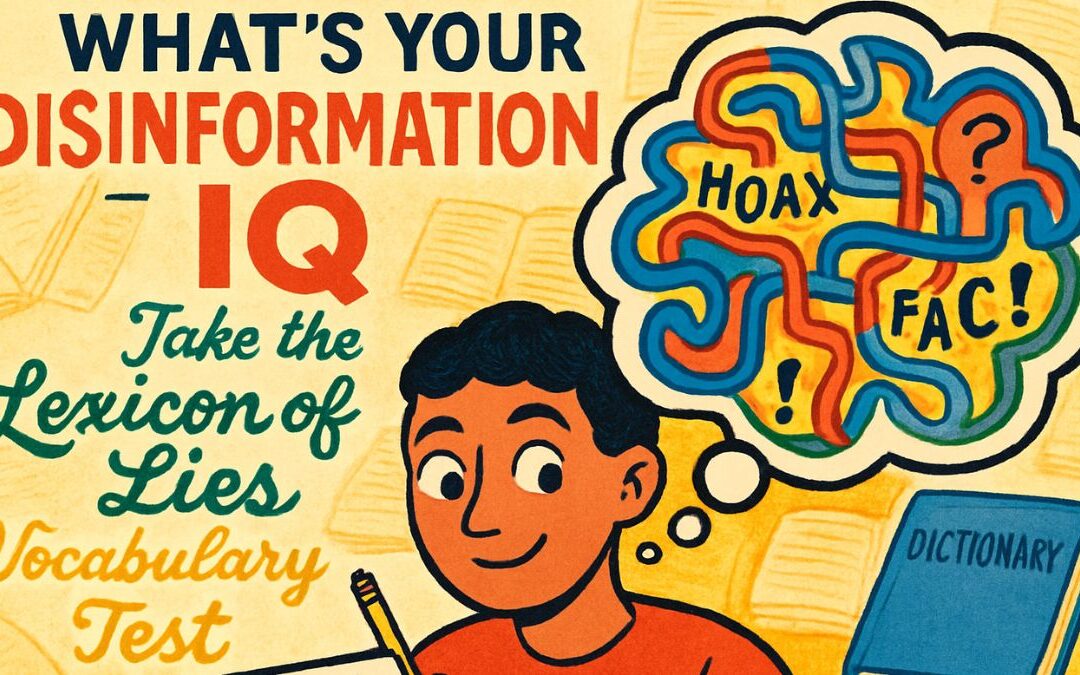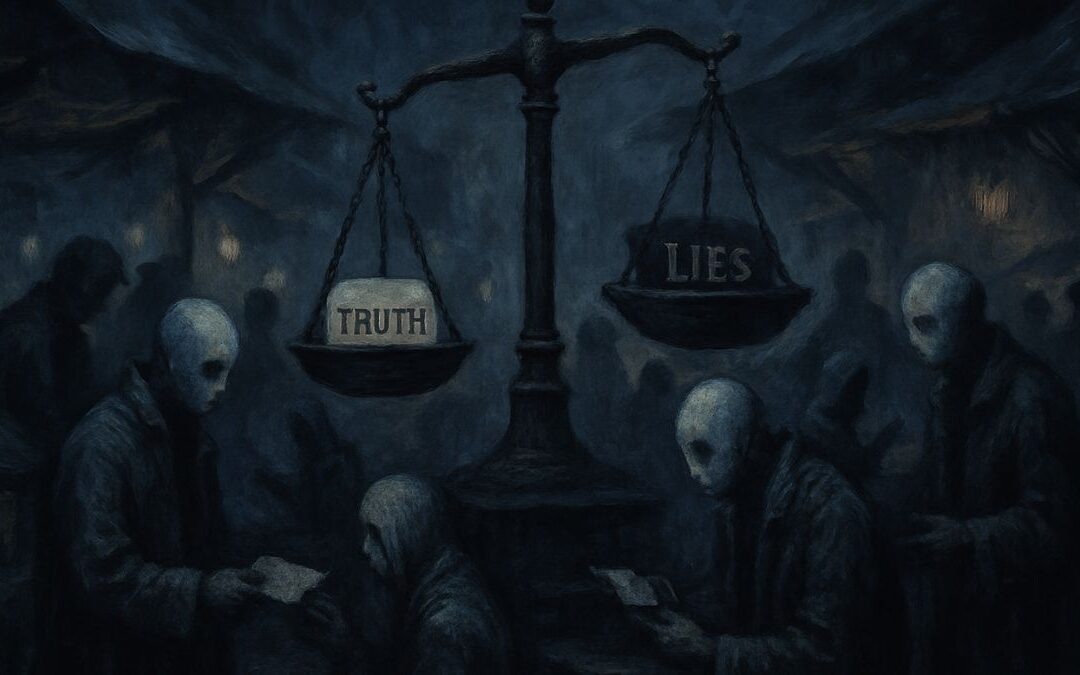Introduction
This listening exercise is designed to help you practice and refine your listening skills for international exams such as the SAT, TOEFL, IELTS, and more. Today’s session features a script that delves into the multifaceted role of biographies in literature. Alongside exploring historical contexts and modern applications, the script provides insights into narrative techniques, thematic development, and the impact of real-life stories on literary creativity. As you listen, pay close attention to key details, transition words, and context clues that help you predict and connect ideas. A useful tip is to take note of the speaker’s tone and pacing, which are vital in understanding emphasis and subtle nuances in academic listening tasks. Enjoy the session and remember that every detail counts toward boosting your overall comprehension.
Listening Practice
Listening Script: Please don’t read the script before you listen and take the quiz
Biographies have long served as a bridge between history and literature, providing readers with a window into the lives of individuals whose experiences have shaped not only their own destinies but also the cultural and intellectual landscapes of their times. Today, we explore how biographies serve as an essential component in literature, offering lessons in both style and substance.
Throughout history, writers have turned to biographical narratives as a means of immortalizing the achievements, failures, and complexities of great figures. These accounts allow readers to connect with historical personalities on a personal level, enriching their understanding of the broader human experience. In this discussion, we examine the evolution of biographical writing, its significance in various literary movements, and its relevance in today’s global society.
In the early eras of literature, biographical sketches were often brief and anecdotal, serving more as moral examples than detailed accounts. Over time, as societies became more literate and the demand for in-depth exploration of personal histories grew, biographies evolved into sophisticated narratives. Writers began to employ literary techniques such as foreshadowing, symbolism, and dramatic irony to capture the essence of their subjects. This evolution not only enhanced the narrative quality of biographies but also blurred the boundaries between fact and interpretation.
The modern biography is a complex tapestry of fact, interpretation, and narrative artistry. Unlike earlier accounts that prioritized moral lessons or hagiography, contemporary biographical works strive for a balanced portrayal that acknowledges both the triumphs and the shortcomings of their subjects. Authors meticulously research archival materials, personal letters, and contemporary accounts to piece together a narrative that is as engaging as it is informative. This attention to detail not only honors the subject but also educates readers about the historical, social, and cultural contexts in which the subject lived.
Biographies in literature do not merely document events; they offer insights into the motivations, struggles, and aspirations of their subjects. By highlighting the personal challenges and achievements of individuals, biographies often inspire readers to reflect on their own lives and ambitions. Moreover, they serve as powerful tools for empathy, enabling readers to see the world through another person’s eyes. The emotional resonance of a well-told biography lies in its ability to humanize historical figures, transforming them from abstract names in a textbook to relatable human beings with dreams, doubts, and dilemmas.
An important aspect of biographical writing is its narrative structure. Many biographers choose to arrange their narratives chronologically, allowing the natural progression of time to guide the reader through the subject’s life. However, some authors adopt a thematic or fragmented approach, interweaving different periods of the subject’s life to highlight recurring themes or transformative moments. Both methods have their merits; a chronological narrative provides clarity and coherence, while a thematic approach can offer deeper insights into the recurring influences that shaped the subject’s identity.
The role of biographies in literature extends beyond individual stories. They also contribute to the construction of national identities and collective memories. For instance, biographies of influential leaders, artists, or activists can serve as symbols of cultural pride and resilience. In many cases, these narratives help forge a sense of shared history and purpose, particularly during times of social or political upheaval. By celebrating the achievements of noteworthy individuals, biographies can also serve as catalysts for change, inspiring future generations to pursue excellence and advocate for justice.
Moreover, biographies are not confined to the realm of non-fiction. Many novelists have drawn inspiration from real-life figures, creating fictionalized accounts that blur the line between biography and literature. These works often incorporate imaginative elements to enhance the narrative while remaining rooted in historical fact. Such creative reinterpretations invite readers to question the nature of truth and the reliability of memory, encouraging a more nuanced engagement with both history and literature.
In today’s fast-paced digital age, the accessibility of information has transformed the way biographies are written and consumed. Online archives, digital libraries, and multimedia presentations have expanded the scope of biographical storytelling, making it easier for readers to explore the lives of historical figures. Despite these technological advancements, the fundamental appeal of a well-crafted biography remains unchanged: it is a celebration of human complexity, a mirror that reflects the multifaceted nature of our existence.
Listening to this narrative, one may notice the deliberate pacing and varied intonation used to emphasize key points in the subject’s life. For example, when discussing the transition from a simplistic narrative to a more complex portrayal, the speaker’s tone may shift subtly, hinting at the layered nature of historical interpretation. Such techniques are invaluable in academic listening contexts, where understanding the speaker’s emphasis can reveal underlying themes and intentions.
As we conclude this exploration, it is important to reflect on the enduring impact of biographical narratives. Whether presented in traditional print or through modern digital media, biographies continue to captivate readers by offering profound insights into the human condition. They remind us that history is not just a series of events but a collection of lives that have each contributed to the rich tapestry of our collective experience. In this way, the study of biographies in literature is not merely an academic exercise but a journey of discovery, empathy, and inspiration that can transform the way we perceive the world around us.
Keywords and Phrases for Advanced English Learners
Biographical Narratives:
These are detailed accounts of a person’s life, combining factual information with storytelling elements. In our listening script, we discussed how biographies blend historical data with narrative techniques to create engaging stories.
Foreshadowing:
A literary device where hints or clues about what will happen later in the narrative are given. This helps build anticipation and depth in the storytelling process as highlighted in the script.
Symbolism:
The use of symbols to represent ideas or qualities. In the script, symbolism is noted as a technique biographers use to add layers of meaning to a subject’s life.
Dramatic Irony:
A situation where the audience knows more than the characters do, adding tension or humor. We mentioned this device as one of the ways modern biographies engage readers.
Narrative Structure:
The framework that dictates how a story is organized. The script contrasts chronological and thematic structures to show how each method contributes differently to understanding a subject’s life.
Collective Memory:
The shared pool of information and history held by a group of people. Our discussion touched on how biographies help shape national identities by contributing to this collective memory.
Empathy:
The ability to understand and share the feelings of another. The script illustrates how biographies foster empathy by inviting readers to see the world from another person’s perspective.
Hagiography:
A biography that idealizes its subject, often overlooking flaws. We explained that early biographical sketches tended to be more hagiographic compared to the balanced modern approach.
Archival Materials:
Historical documents, letters, and records used to research a subject’s life. The script notes that contemporary biographers utilize these sources to create well-informed narratives.
Cultural Resonance:
The lasting impact or relevance of an idea within a culture. In our listening exercise, we explored how biographies not only tell individual stories but also reflect broader cultural and historical themes.
Each of these keywords plays a significant role in understanding the script and the art of biographical writing. By familiarizing yourself with these terms, you can enhance your ability to engage with and analyze advanced listening materials, building skills that are transferable to various international exams.
Enjoy practicing your listening skills with this comprehensive exercise and remember that every detail you catch can help unlock deeper meanings in both literature and real-world contexts!











0 Comments